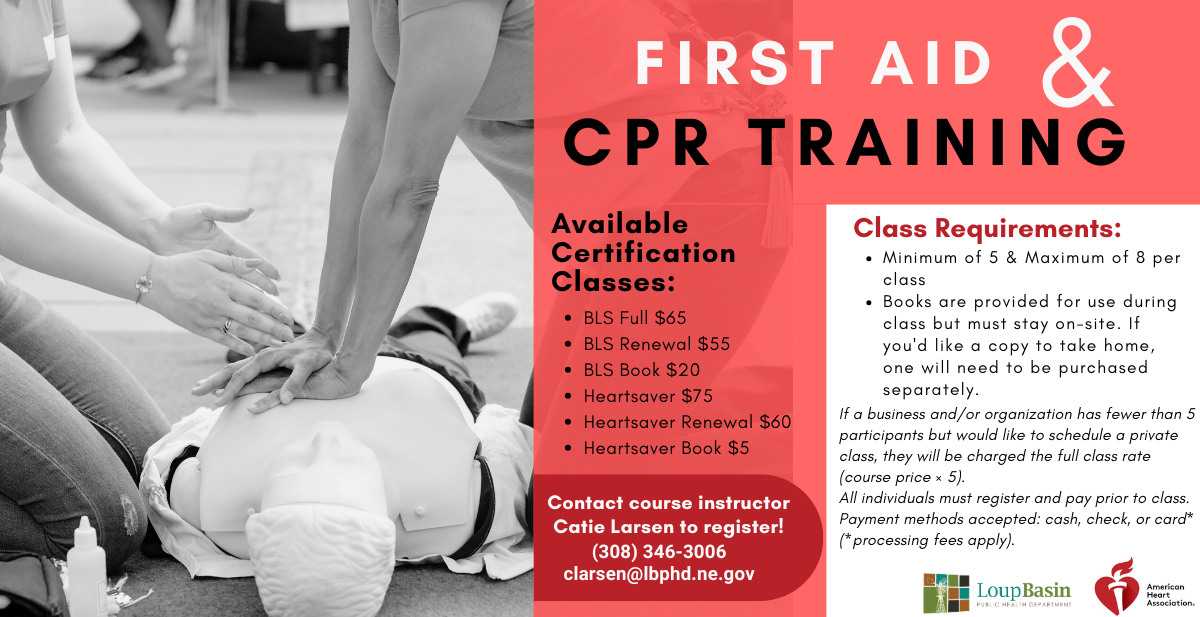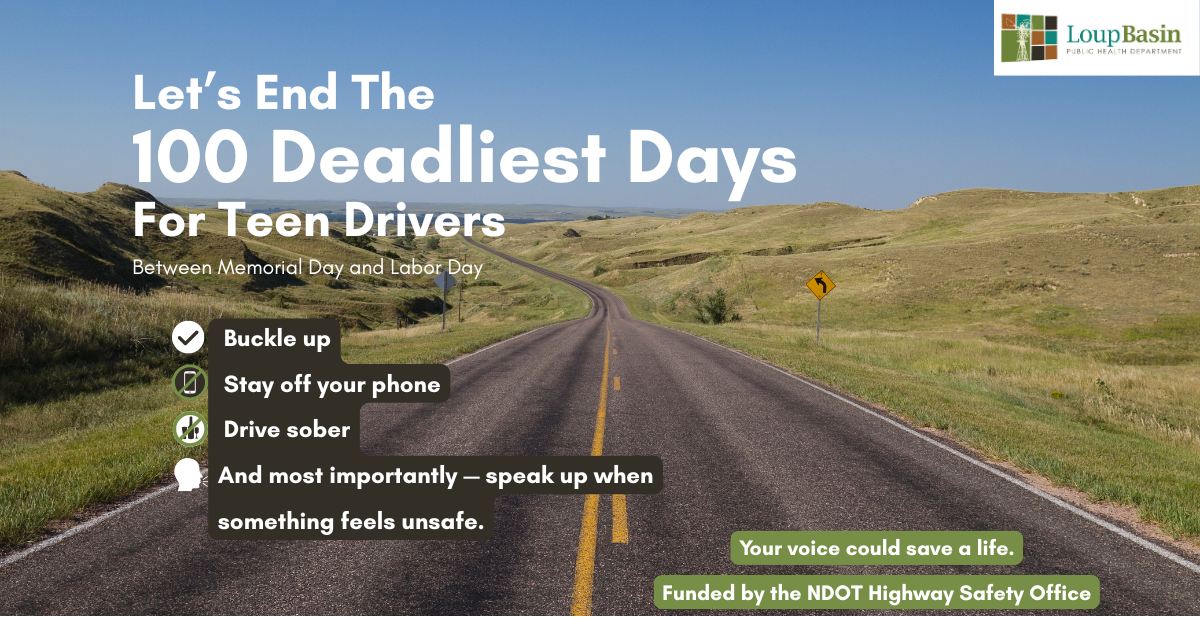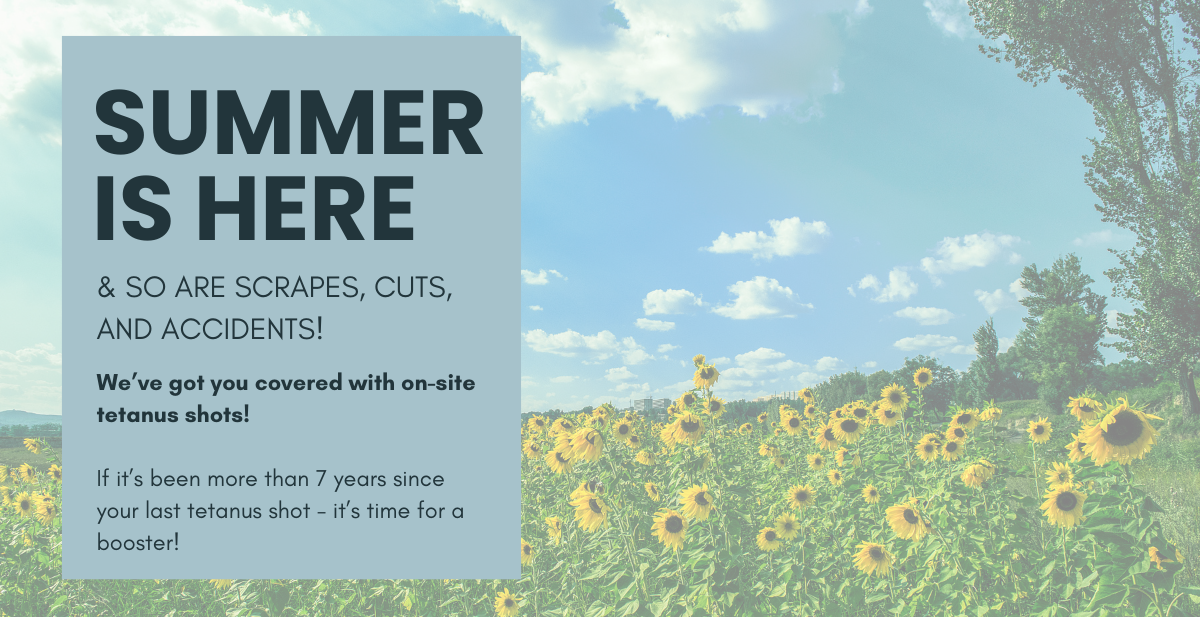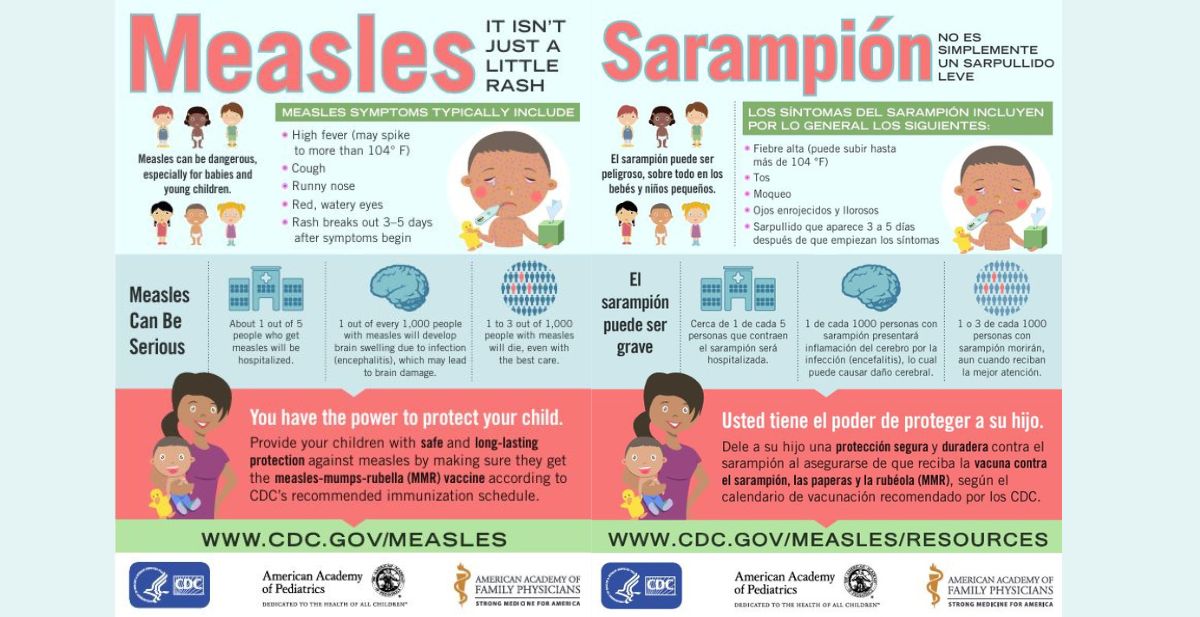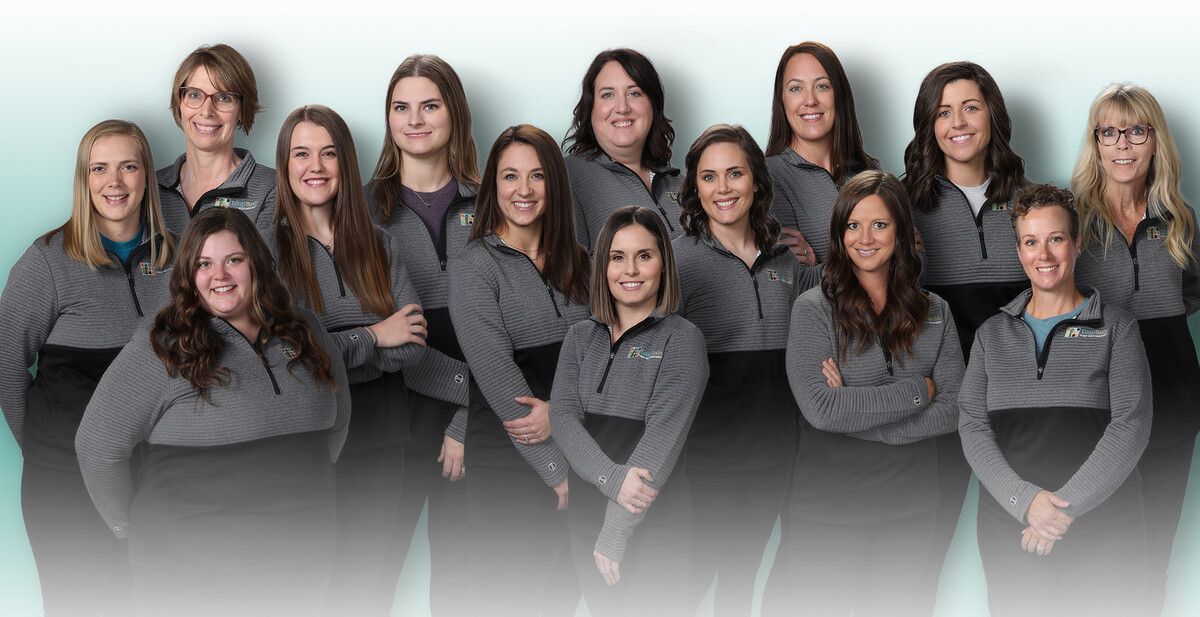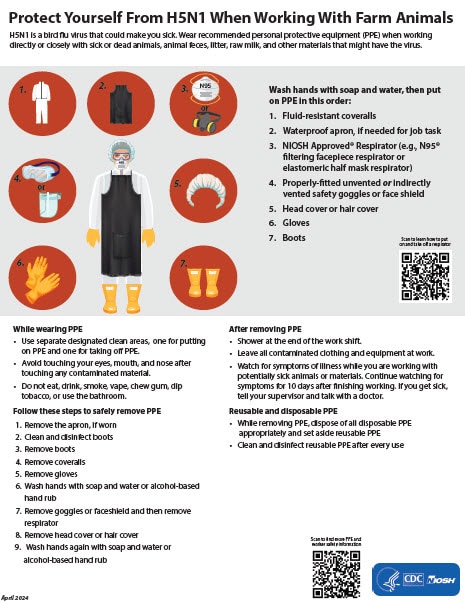Updated Interim Recommendations for Worker Protection and Use of Personal Protective Equipment (PPE) to Reduce Exposure to Novel Influenza A Viruses Associated with Disease in Humans
May 09, 2024
Take steps to reduce your risk of infection with avian influenza A viruses associated with severe disease when working with animals or materials, including raw milk, confirmed infected or potentially infected with these novel influenza A viruses. Examples of people working with or exposed to animals include:
- Poultry and livestock farmers and workers
- Backyard bird flock owners
- Veterinarians and veterinary staff
- Animal health responders
- Public health responders
- Slaughterhouse workers performing certain tasks on lactating dairy cattle including:
- Unloading or handling live lactating dairy cattle for slaughter, including workers in holding pens and involved with antemortem inspection
- Postmortem processes including the post-mortem inspection and handling and transporting viscera
- Removing and transporting udders from dairy cattle for further processing or rendering
Avoid unprotected direct or close physical contact with:
- Sick birds, livestock, or other animals
- Carcasses of birds, livestock, or other animals that have died from unknown causes
- Raw milk
- Viscera and udders from lactating dairy cattle
- Feces or litter
- Surfaces and water (e.g., ponds, waterers, buckets, pans, troughs) on farms with potentially infected animals that might be contaminated with animal waste
Protect Yourself From H5N1 When Working With Farm Animals [2 MB, 1 page]
Spanish [1.7 MB, 1 page]
If you must work in or enter any not yet disinfected buildings where these materials or sick or dead cattle or other animals confirmed infected or potentially infected are or were present, wear appropriate personal protective equipment (PPE) in addition to the PPE you might be using for your normal duties (e.g., waterproof apron, hearing protection, etc.). Appropriate PPE depends on the hazards present and a site-specific risk assessment. If you have questions on the type of PPE to use or how to fit it properly, ask your supervisor.
Recommended PPE to protect against novel influenza A viruses includes:
- Disposable or non-disposable fluid-resistant[i] coveralls, and depending on task(s), add disposable or non-disposable waterproof apron
- Any NIOSH Approved® particulate respirator (e.g., N95®or greater filtering facepiece respirator, elastomeric half mask respirator with a minimum of N95 filters)
- Properly-fitted unvented or indirectly vented safety goggles[ii] or a faceshield if there is risk of liquid splashing onto the respirator
- Rubber boots or rubber boot covers with sealed seams that can be sanitized or disposable boot covers for tasks taking a short amount of time
- Disposable or non-disposable head cover or hair cover
- Disposable or non-disposable gloves [iii]
